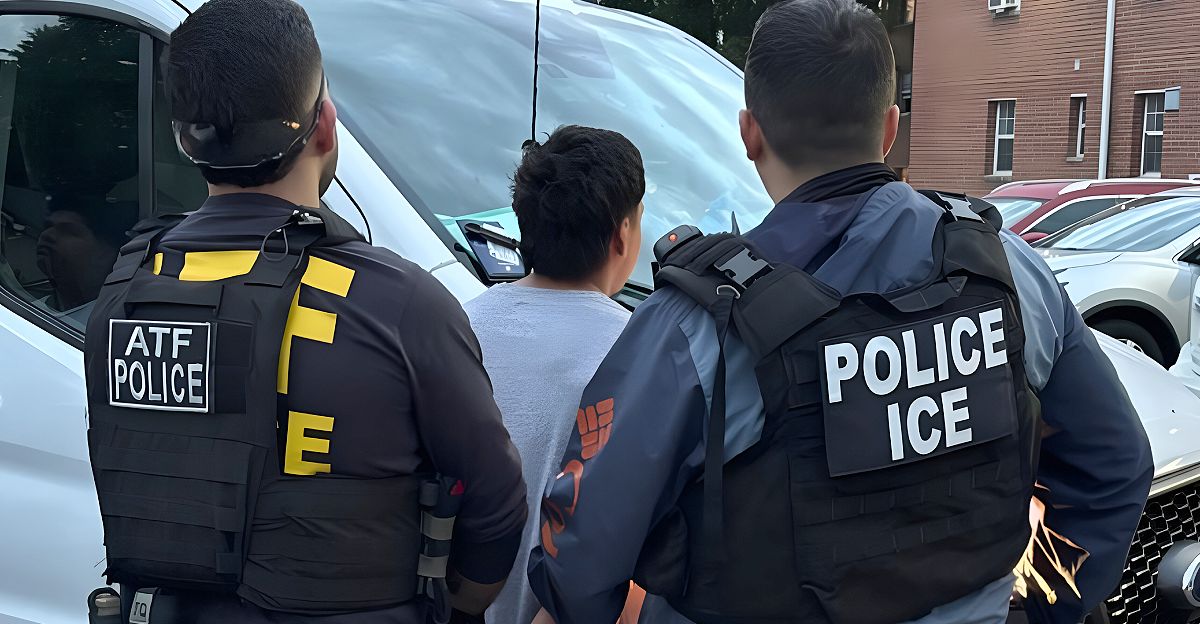
Immigration and Customs Enforcement (ICE) sweeps this month have emptied California’s fields. Farmers report that roughly 70% of their workers, many undocumented, have stayed home in fear. Lisa Tate, a sixth-generation grower, says bluntly: “If 70% of your workforce doesn’t show up, 70% of your crop doesn’t get picked and can go bad in one day.”.
A Ventura County strawberry field that typically has 300 pickers was down to just 80, and an 80-person lettuce crew fell to 17. The result: tons of ripe fruit and vegetables are literally rotting in the sun, threatening seasonal harvests and farmers’ livelihoods.
Enforcement causes labor plunge
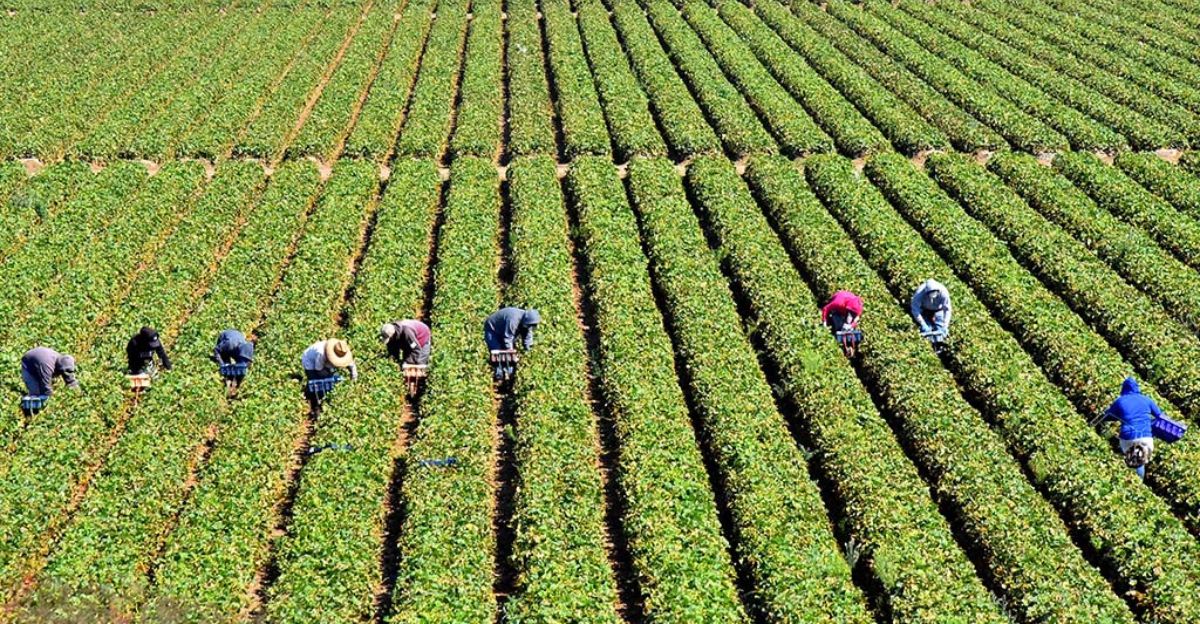
The labor crisis stems directly from recent enforcement. ICE agents targeted farms in Ventura, Kern and Central Valley counties as part of the Trump administration’s immigration crackdown. News outlets report that workers – legal or not – are terrified. One veteran farmworker told Reuters he now “wakes up in the morning scared” of not returning home.
Industry groups say attendance dips sharply right after a raid, though many impoverished workers do return eventually because they have no alternatives.
Shortages on supermarket shelves
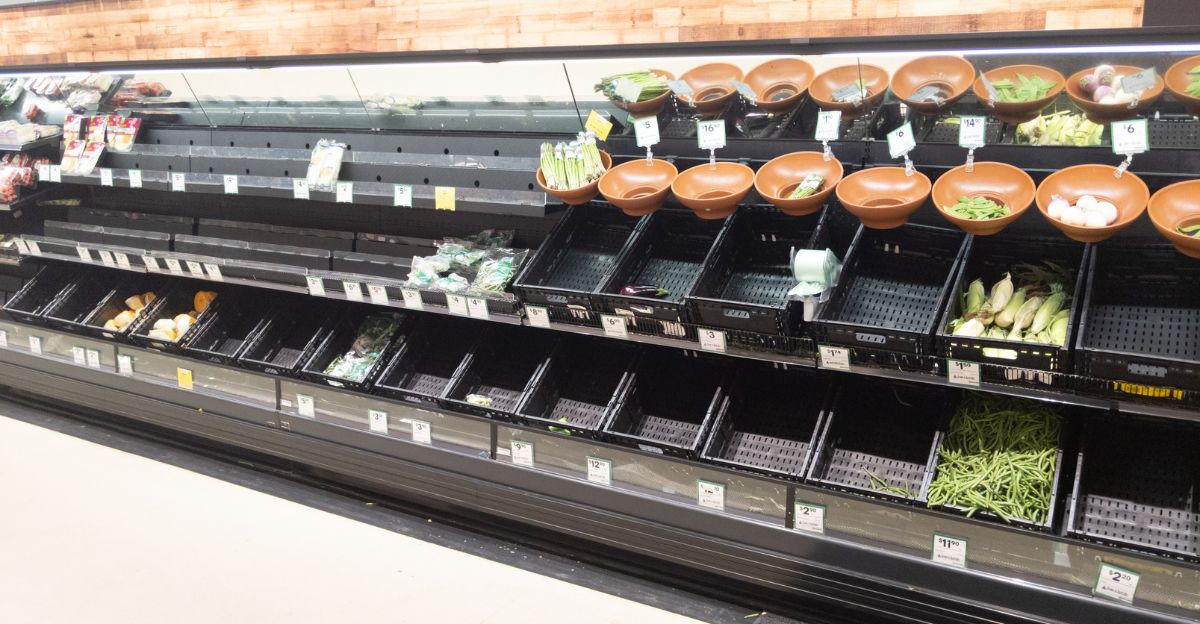
The farm labor squeeze is already reverberating through grocery stores. When pickers vanish, so does produce, driving prices up. Douglas Holtz-Eakin, a former Congressional Budget Office director, noted that about “80% of farmworkers in the U.S. were foreign-born, with nearly half of them in the country illegally,” and that losing this labor will bring inevitable price hikes.
Given that California grows over one-third of the U.S. vegetables and three-quarters of its fruits and nuts, experts warn shoppers to expect higher prices and slimmer produce displays. Buyers may see smaller berry baskets, fewer exotic fruits or pricier salad greens this season if harvests keep missing.
Restaurants and foodservice scramble

Restaurants and food businesses are bracing for impact. Eateries that rely on fresh produce – from tacos and sandwiches to cocktail garnishes – could be forced to tweak menus. Nationwide, media reports say similar ICE actions have cut farm workforces by up to 75% in places like Texas and Pennsylvania. If fresh vegetable output drops, even fast-food chains might resort to rationing ingredients (for example, smaller burger fixings or reduced salad offerings).
Some chefs may substitute frozen, canned or more readily available ingredients as a stopgap.
Farmland effect spreads across states
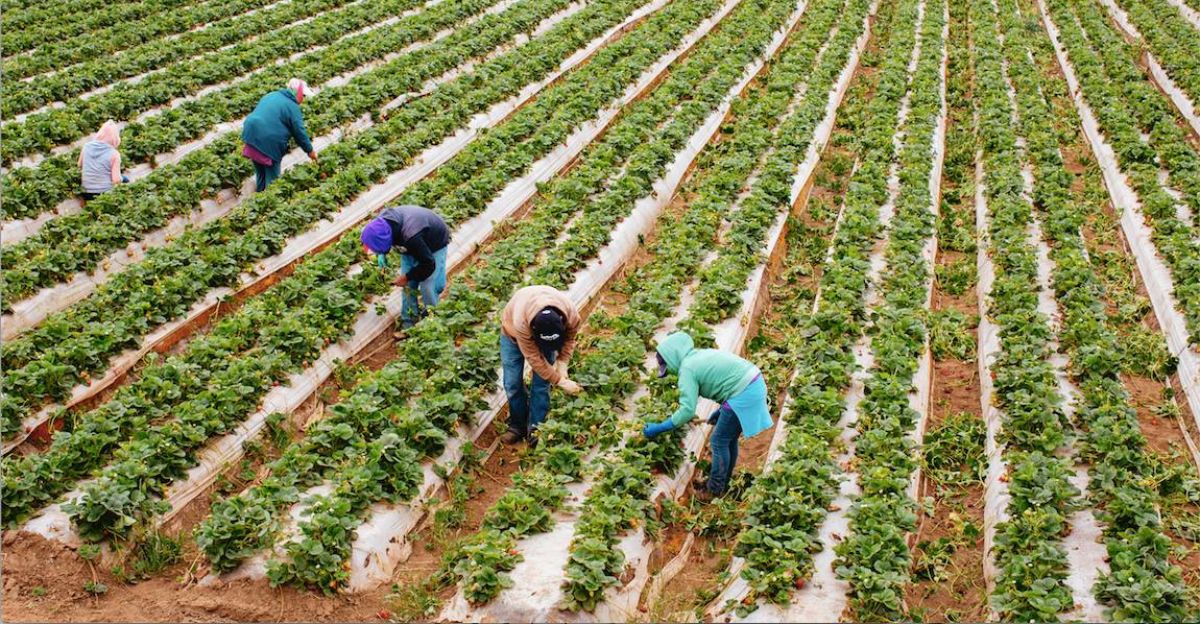
California is the tip of the iceberg. Newsweek and other outlets note that ICE enforcement on farms has extended into other major agricultural states. In Texas’s Rio Grande Valley, one report found up to 75% of workers no-showed after raids; in Pennsylvania and Florida, fields are also feeling strains.
Since much of U.S. produce relies on immigrant crews, these combined effects threaten food supplies beyond any single farm. Growers nationwide are nervously watching California’s crisis, knowing a domino effect could shrink harvests of corn, tomatoes, berries and more in the coming months.
Warnings from supply-chain experts

Analysts say the bottleneck could cascade through the entire food chain. The Pennsylvania Farm Bureau cautions that labor instability “threatens both food affordability and availability nationwide”. Distributors and economists predict disrupted supply chains and higher grocery bills if fields go unpicked. One Oxford Economics report found native-born workers “tend not to fill the void” left by immigrants. Consumer advocates say continuing picket absences will almost certainly push prices up for all of us.
In this scenario, industry groups are lobbying for emergency relief, such as subsidized farm labor programs or accelerated mechanization – to avert larger shortages.
Voices from the fields
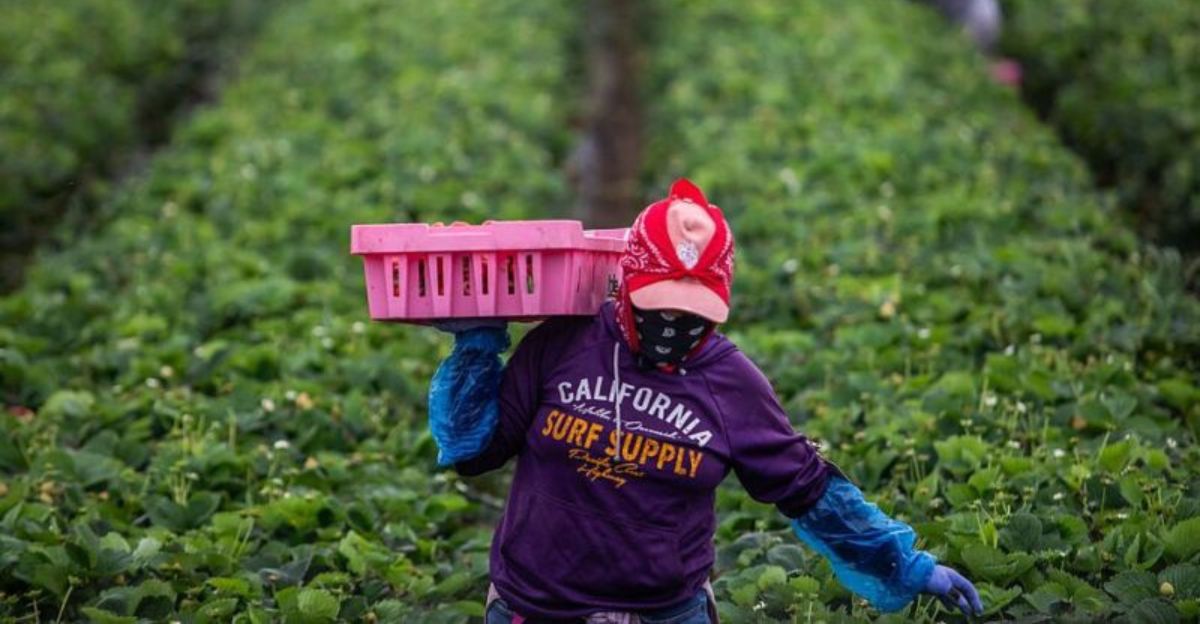
Farmers and workers are sounding the alarm in human terms. Central California grower Greg Tesch said “nobody feels safe when they hear the word ICE,” noting that even documented workers are hesitant. Tesch explained that if ripe peppers or berries aren’t picked within a few days, they become over-ripe or sunburned, so “we need the labor.” Other farmers describe feeling at a breaking point.
A 30-year field hand (undocumented) told Reuters many colleagues “have stopped showing up for work,” adding they fear they “don’t know if they will ever see their family again” if arrested on the job. On small family farms, missing dozens of pickers can mean failed contracts, wasted land, or even a business folding.
Political and policy reactions

News of the harvest crisis is spilling into politics. President Trump himself acknowledged the impact, saying ICE raids were “taking very good, longtime workers away” and that farmers “are being hurt badly” by the current crackdowns. He has hinted at an executive order to help farm labor, though no change has taken effect.
Some state officials are drafting resolutions urging protection of agricultural workers; farm-policy advocates in Congress are renewing calls for expanded guest-worker visas (H-2A) and visa reforms to stabilize the labor pool. The White House insists it will “strengthen our agricultural industry” even while enforcing immigration law, but farmers say they need action fast or fields may lie fallow.
What farmers and consumers can do
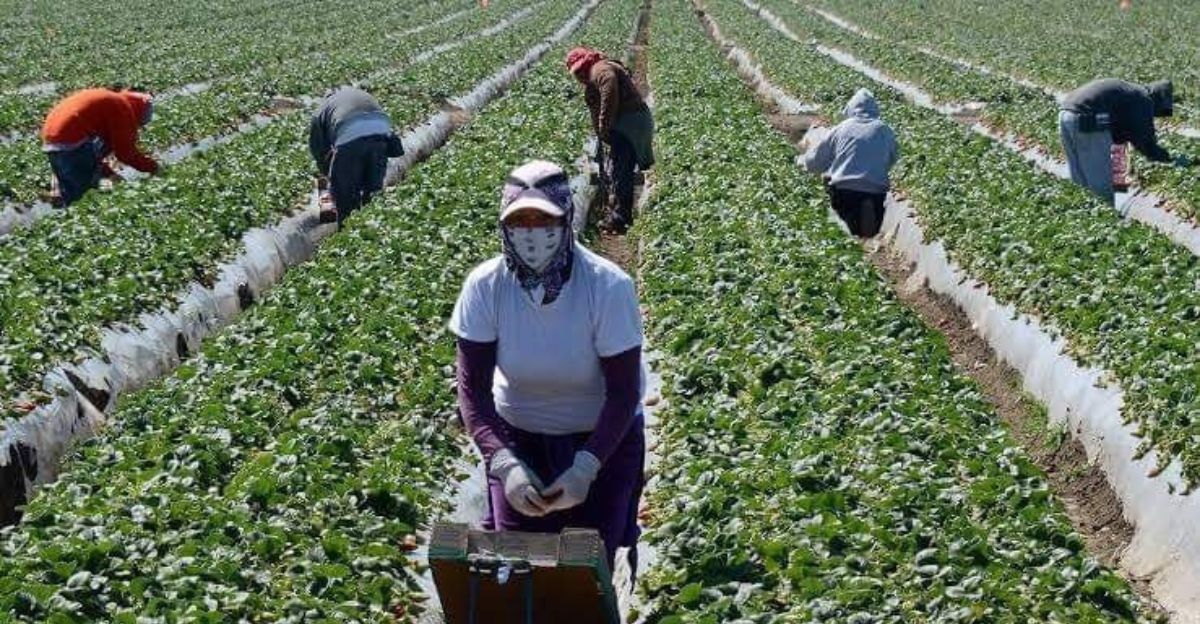
Experts advise planning for a tough season ahead. Farmers are urged to apply for H-2A workers now, invest in mechanized harvesters where feasible, and diversify crops to those requiring less hand-picking. Some growers are organizing volunteer or student crews to salvage urgent harvests.
Consumers can stock up on or freeze seasonal produce, and be flexible with recipes – for example, using more canned, frozen or domestically produced ingredients. Community-supported agriculture (CSA) programs may adjust distribution schedules. In short, everyone connected to the food chain is bracing and adapting as best they can while policymakers scramble for a solution.
Looking forward
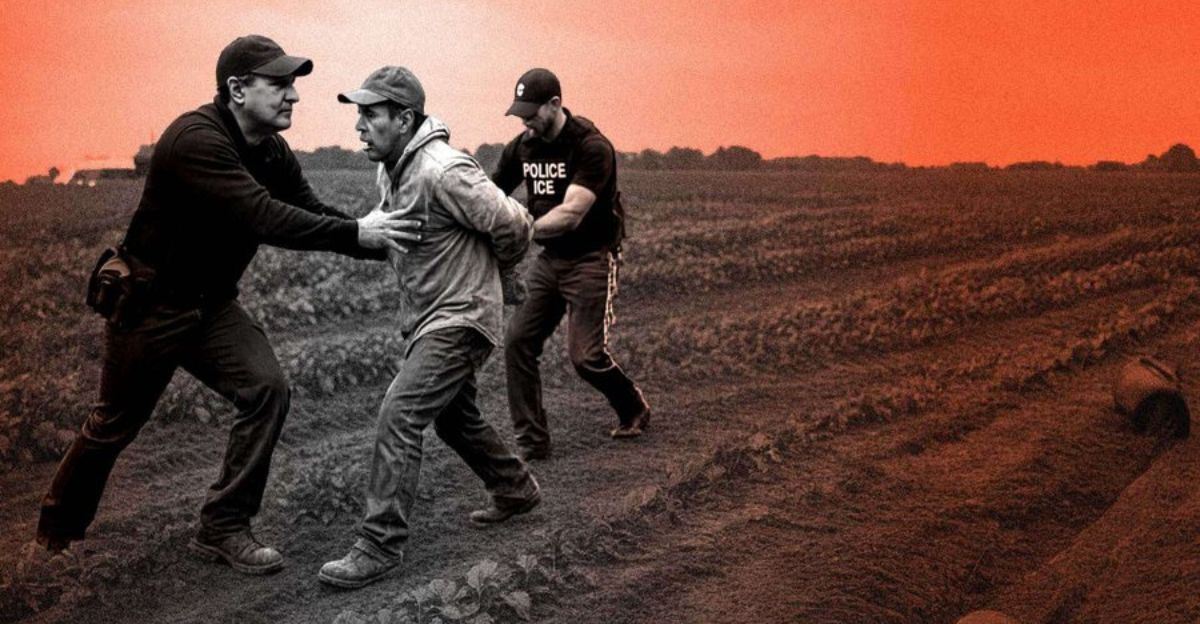
The ICE raids underscore how one policy can ricochet from fields to forks. With Yaros’s analysis in mind – that native-born workers rarely replace immigrant labor – many observers believe this shortage won’t resolve itself quickly. The coming months will show whether emergency measures (like subsidies or visa expansions) are enacted, or whether farms must permanently change how they operate.
For now, Americans may soon pay the price on their plates for a labor shortage that began in California’s tomato and strawberry fields.
